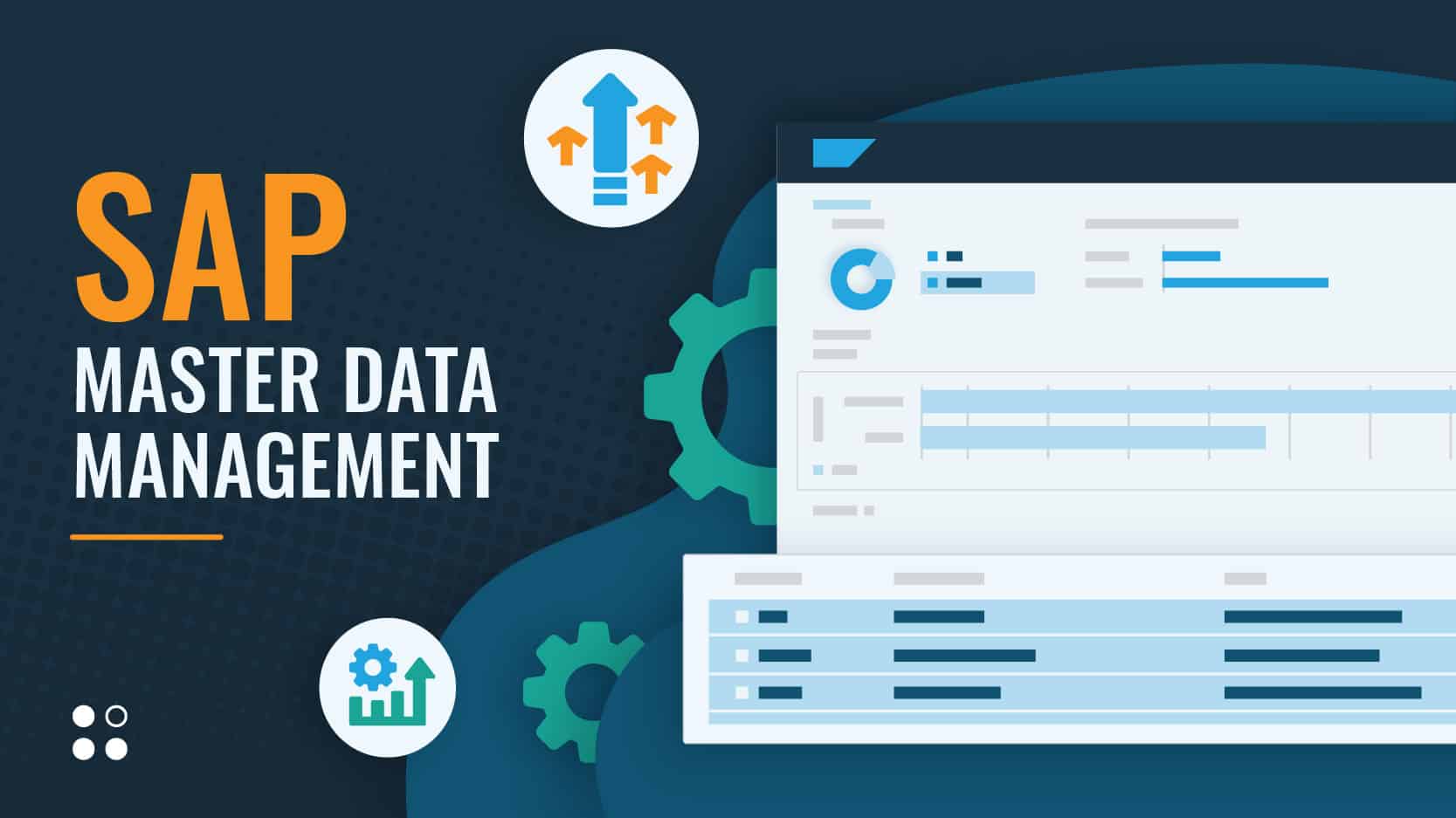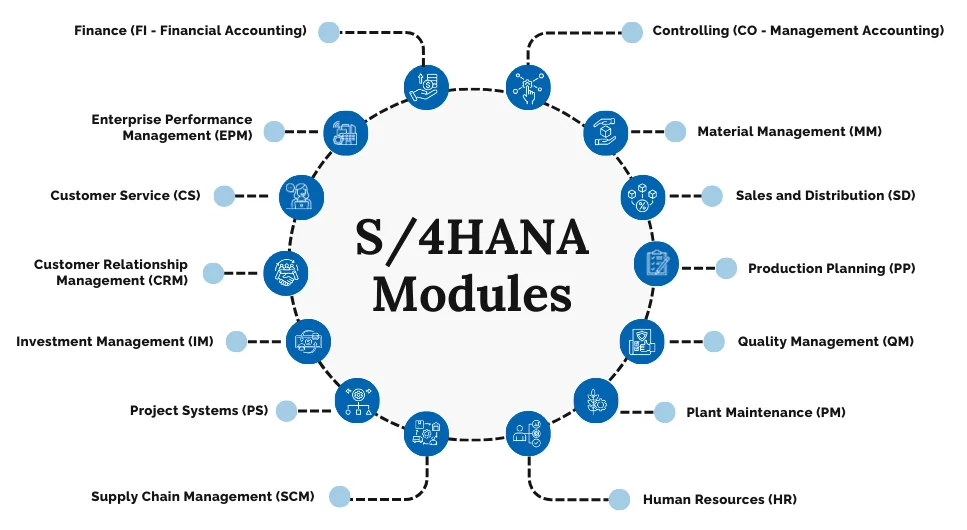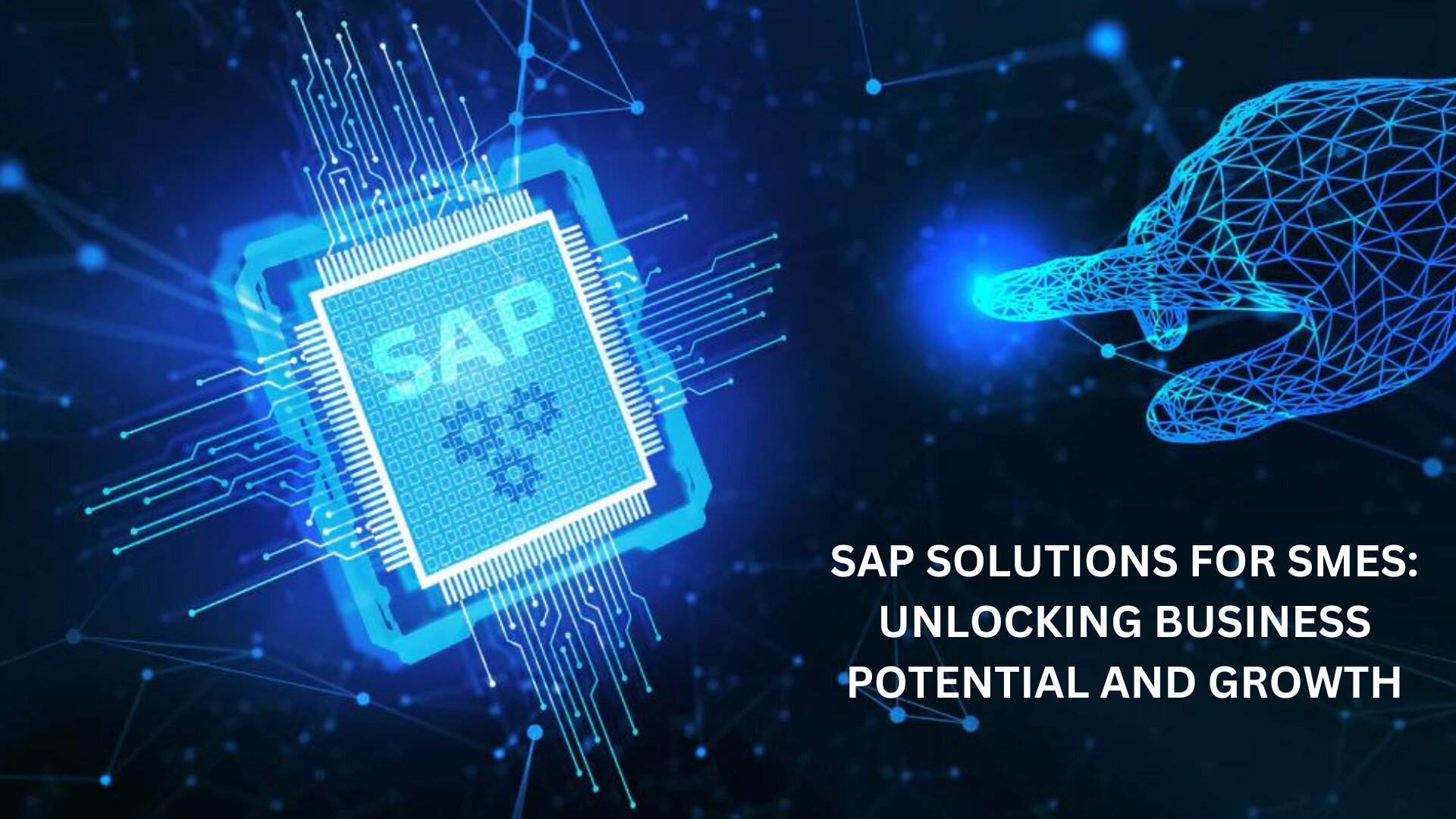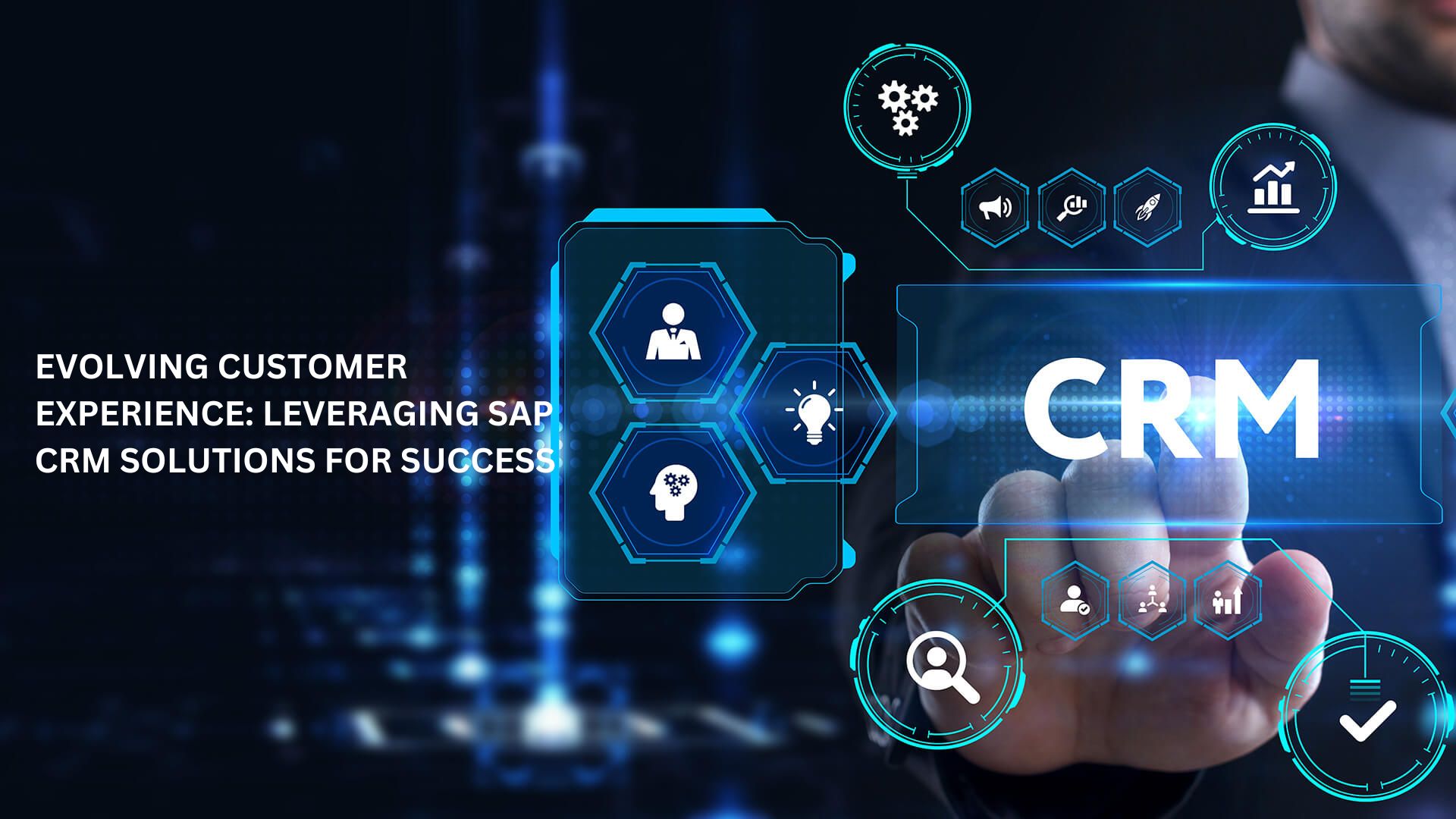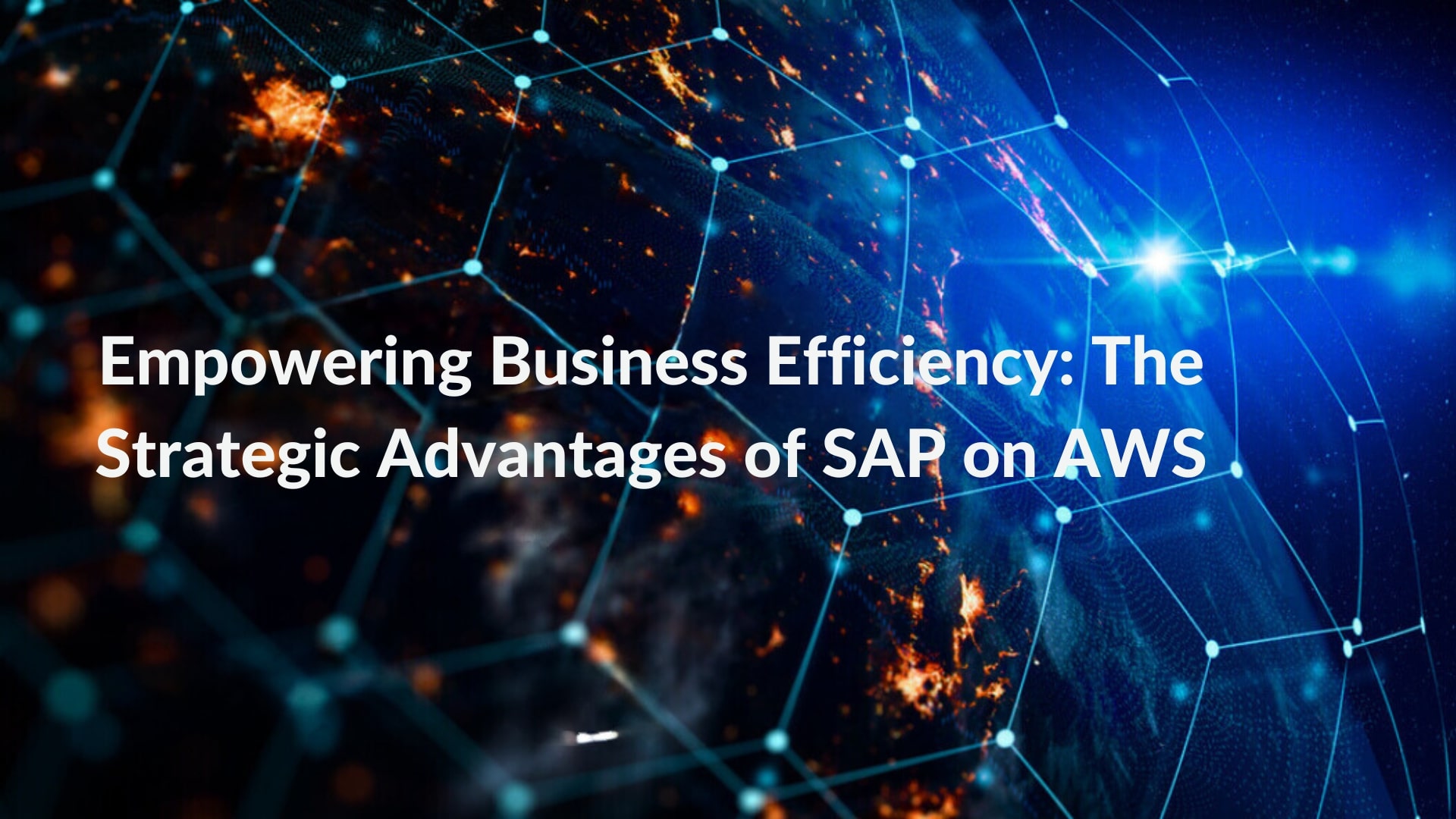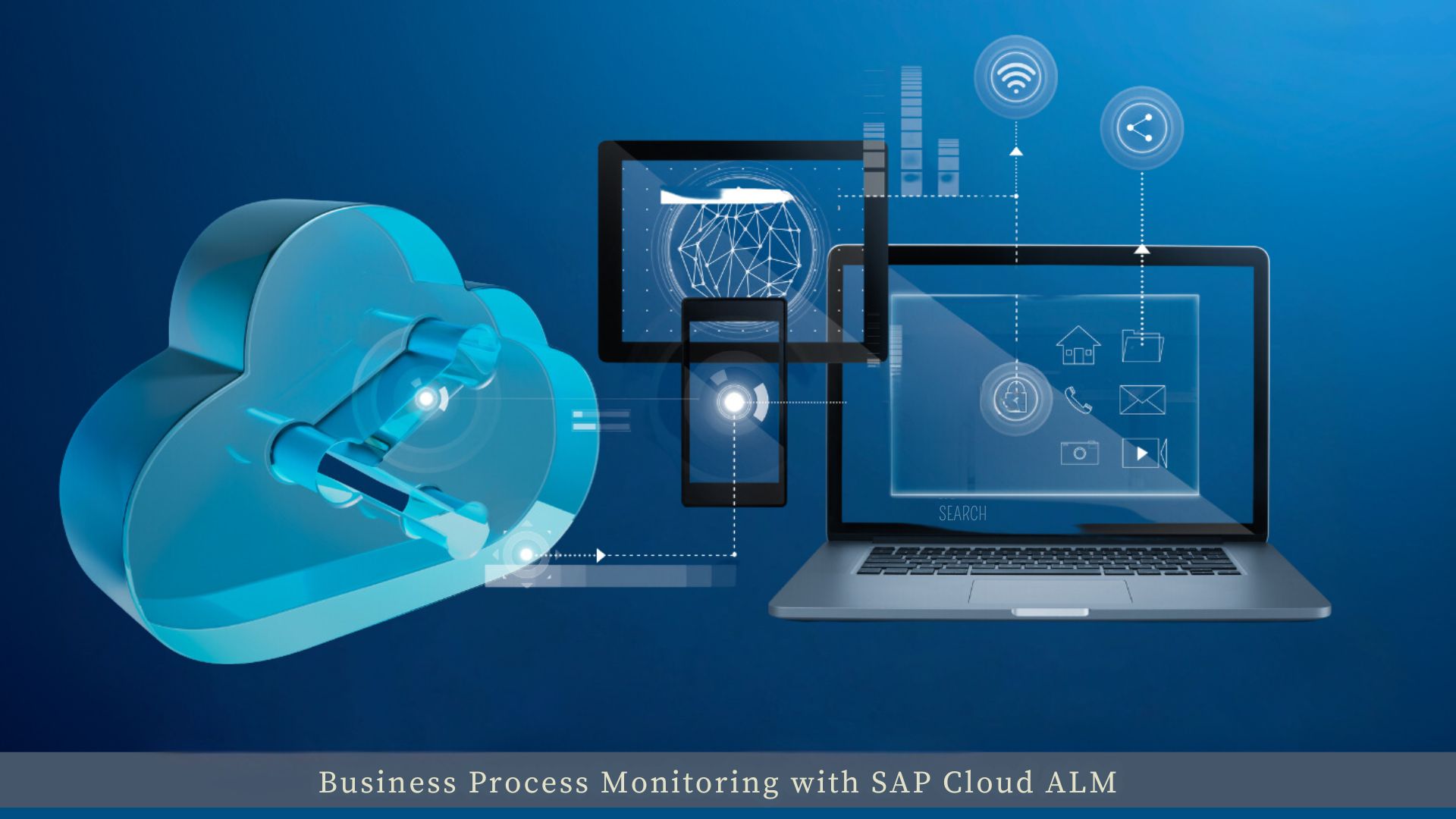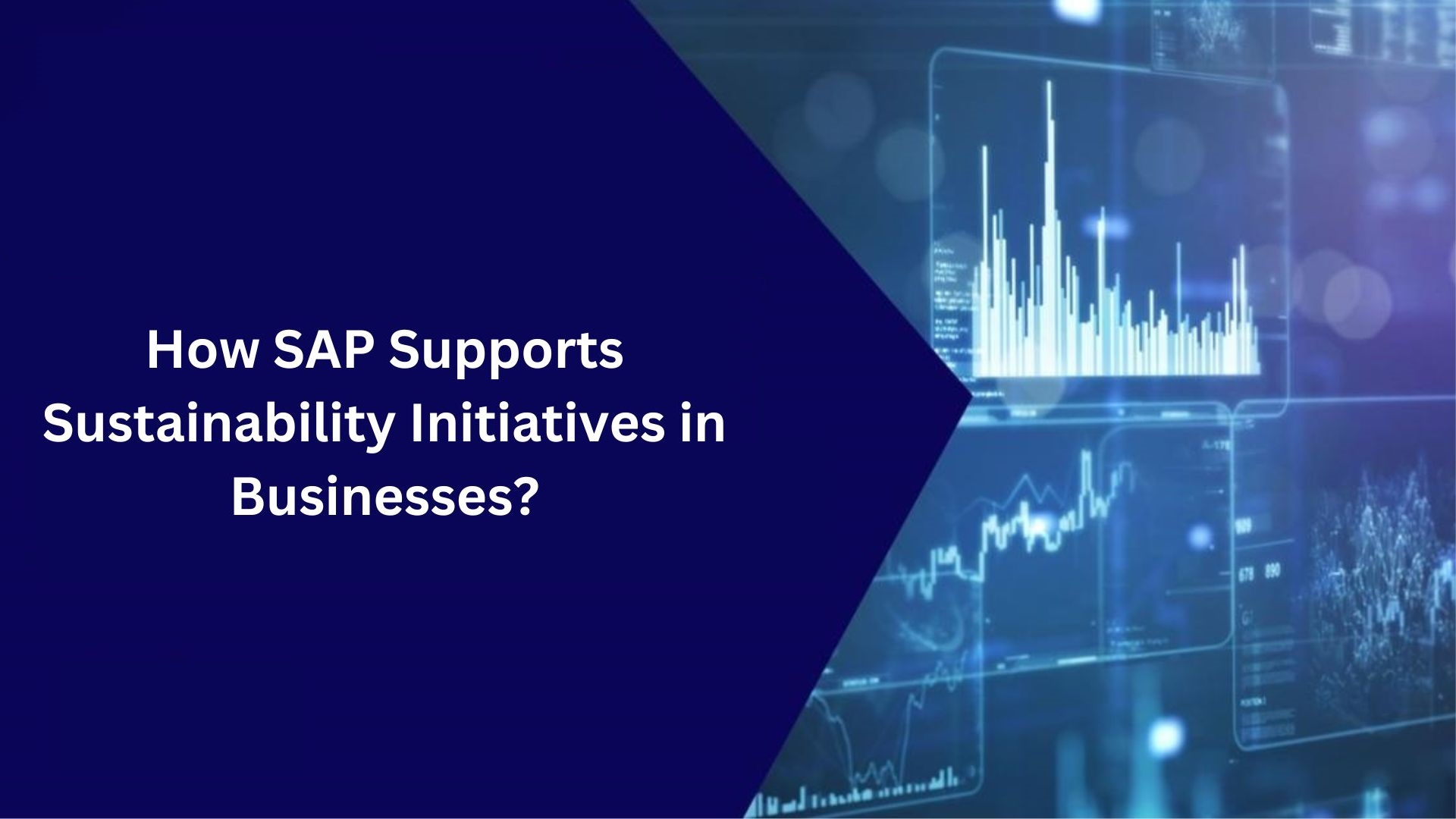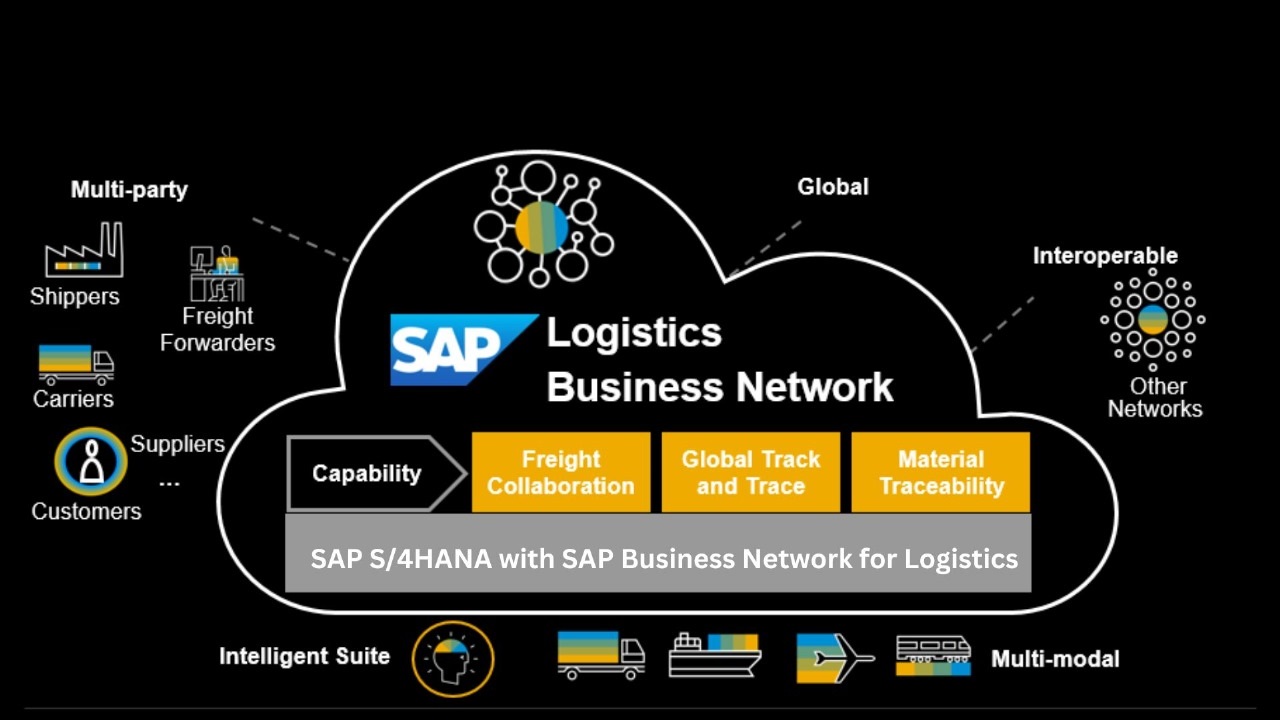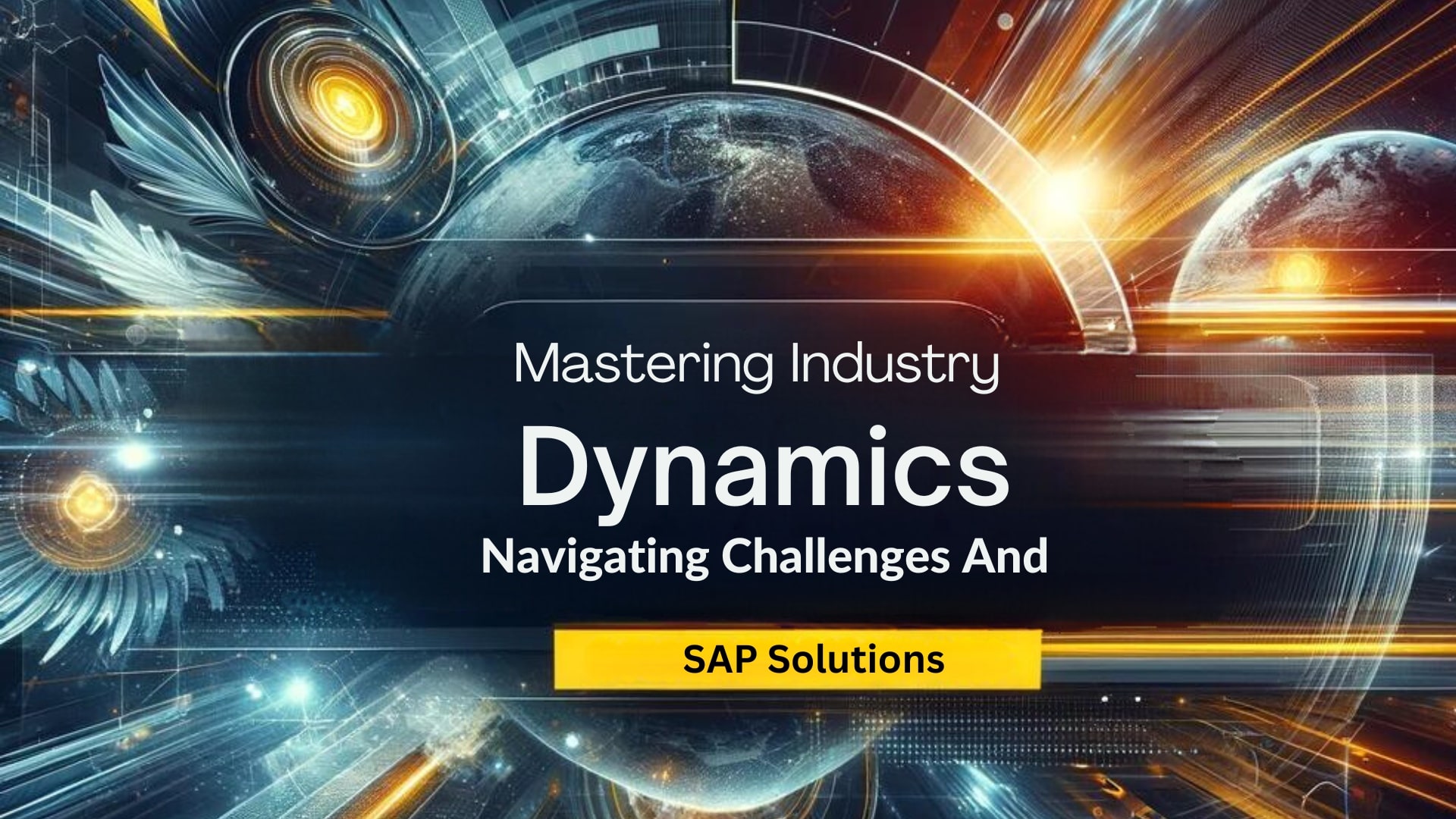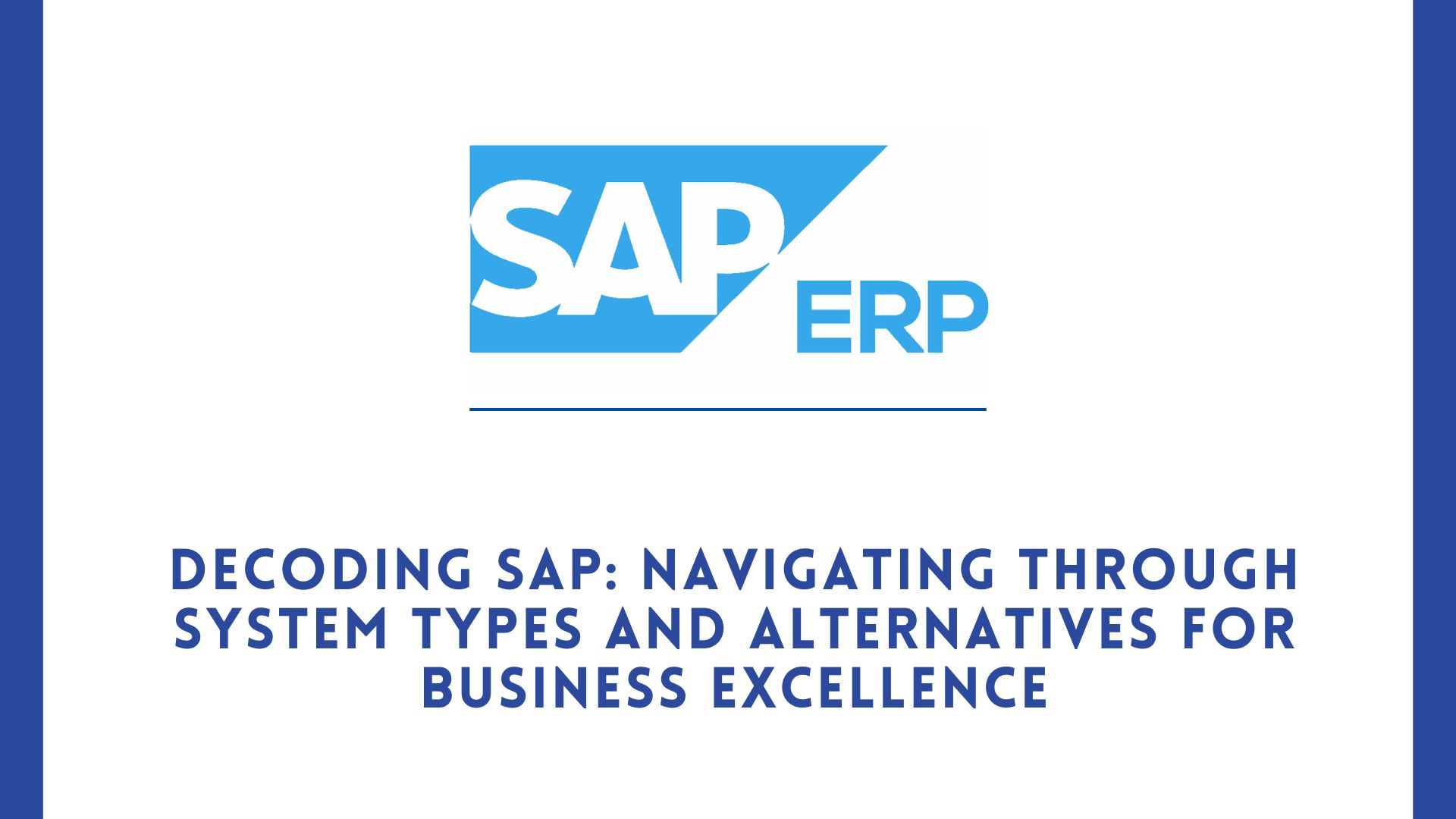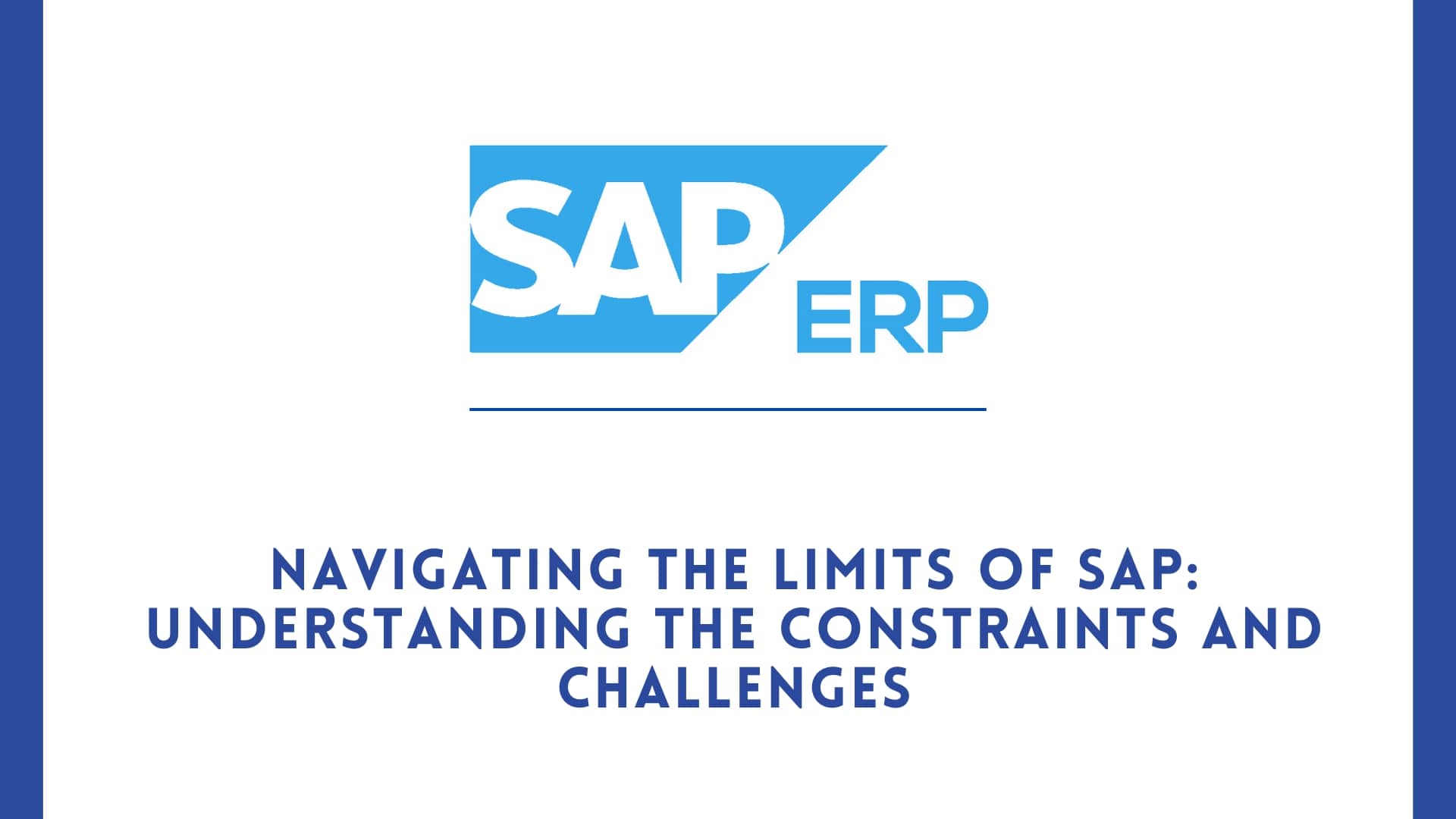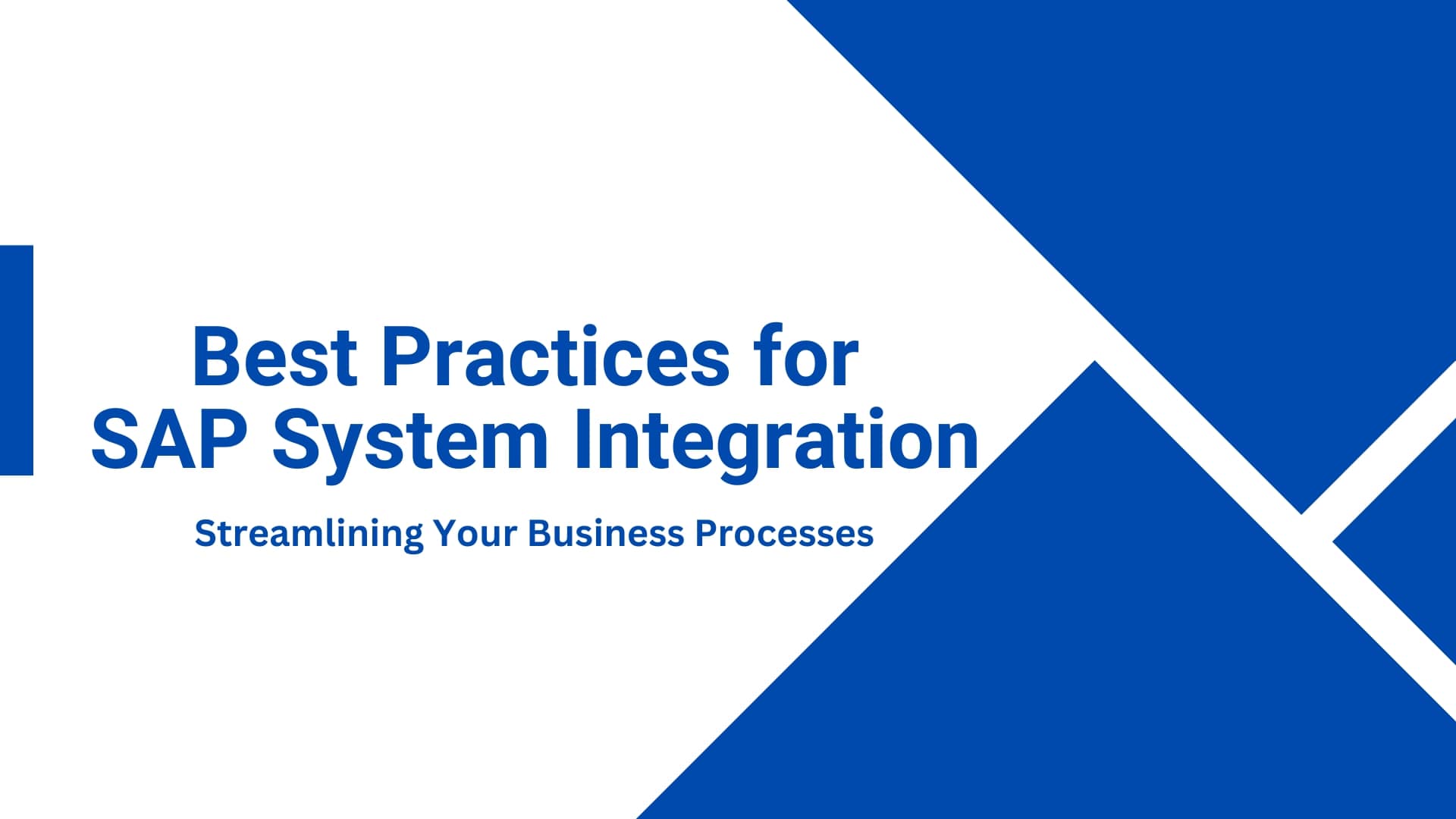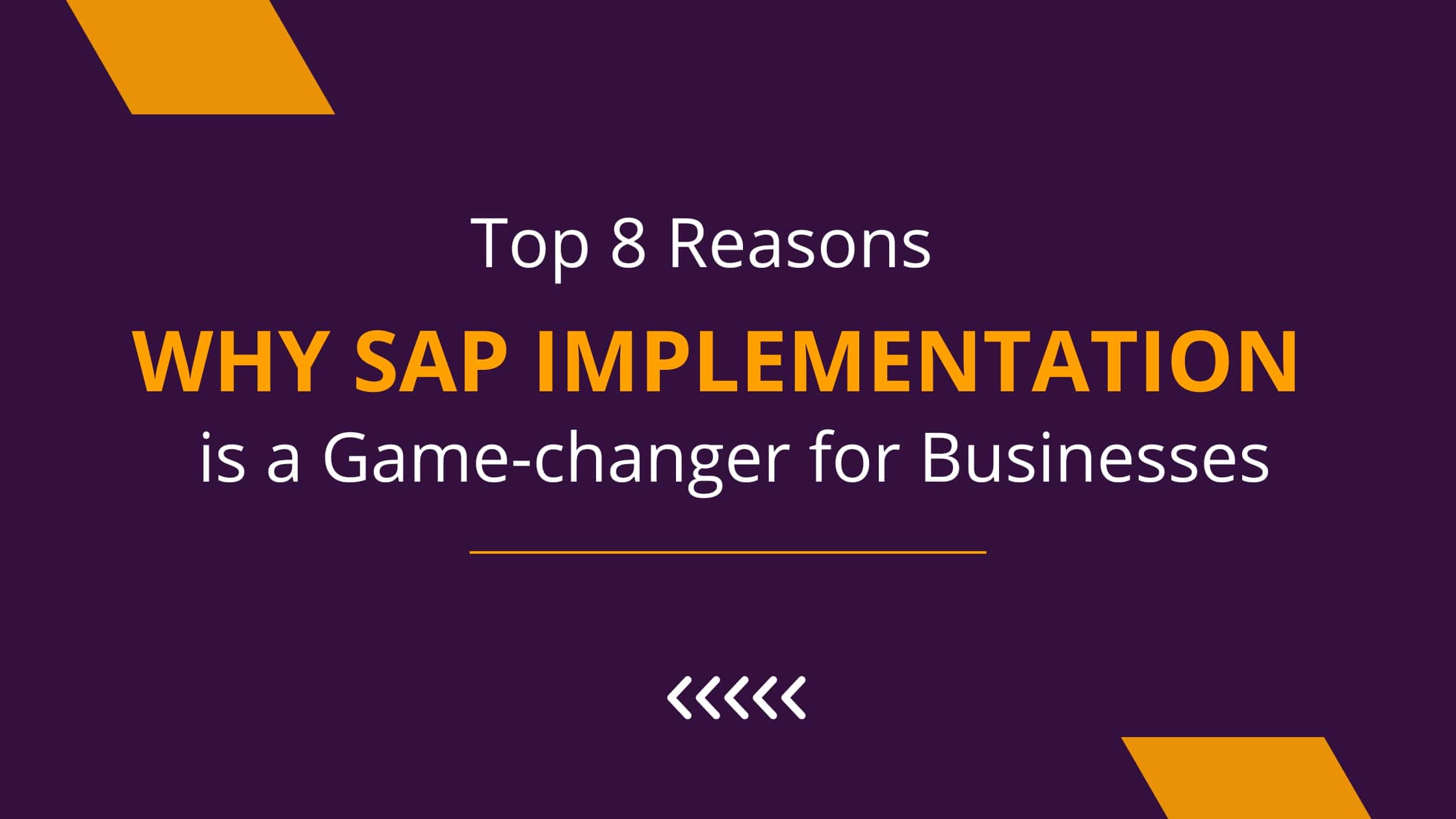Unlocking Business Transformation with SAP S/4HANA
In today’s business world, change is not just constant it is accelerating. Global markets are shifting, customer expectations are rising, and technology is evolving at an unprecedented pace. For enterprises to thrive in this environment, they must be agile, data-driven, and capable of innovating faster than ever before. Traditional ERP systems, which were once sufficient to manage operations, are no longer enough. Businesses now require intelligent platforms that can connect processes end-to-end, provide real-time insights, and support continuous transformation. This is where SAP S/4HANA stands out as a cornerstone for digital business innovation.
What Makes SAP S/4HANA Different?
SAP S/4HANA is not simply the next version of SAP ERP it represents a complete reimagining of how enterprise systems should work in the digital era. Built on SAP’s advanced in-memory database, HANA, it allows organizations to process vast volumes of data instantly. Instead of relying on batch processing or delayed reporting, decision-makers can now access real-time insights at the moment they need them. This shift fundamentally changes how businesses operate: from finance and supply chain to sales, procurement, and human resources.
Another key differentiator is the simplification of data models and user experience. Traditional ERP systems often required complex customizations, multiple data layers, and heavy IT support. With S/4HANA, the architecture is streamlined, processes are optimized, and the interface powered by SAP Fiori is designed to be intuitive and user-friendly. This means employees at all levels can work more efficiently, with fewer barriers to productivity.
The Business Value of S/4HANA
The real power of SAP S/4HANA lies in its ability to deliver measurable business value. Organizations that migrate often report faster financial closing cycles, as data consolidation and reporting become seamless. Supply chain leaders gain end-to-end visibility across operations, helping them anticipate disruptions and respond proactively. Manufacturing and production teams benefit from real-time monitoring, which reduces downtime and improves efficiency. In addition, S/4HANA is designed with the cloud in mind, making it easier to integrate with other digital solutions, whether on SAP Business Technology Platform (BTP), third-party applications, or emerging technologies like AI, IoT, and blockchain. This flexibility ensures that businesses are not locked into a rigid system but can evolve and scale according to their strategic priorities. Sustainability is another area where S/4HANA delivers value. With built-in analytics, companies can monitor carbon emissions, energy consumption, and resource usage, helping them align with environmental goals and compliance standards.
Challenges on the Transformation Journey
While the benefits are compelling, the journey to S/4HANA is not without challenges. Many organizations still run their operations on legacy SAP ECC systems, which have been heavily customized over the years. Migrating these systems to S/4HANA requires careful planning, process redesign, and change management. It is not simply a technical upgrade but a transformation of how the business operates. Data migration is often one of the most complex aspects, as organizations must clean, harmonize, and transfer years of historical information into the new system. Additionally, employees may resist change, especially if they are accustomed to the old interface and workflows. This is why leadership commitment, strong project governance, and a clear communication strategy are critical to success.
Best Practices for a Successful S/4HANA Adoption
Enterprises that succeed with S/4HANA often follow a set of best practices. The first is to define a clear business case. Migration should not be viewed only as an IT initiative it must be aligned with strategic business objectives such as improving customer experience, accelerating time-to-market, or driving innovation. The second is to choose the right deployment option, whether on-premise, in the cloud, or a hybrid model. Each has advantages depending on an organization’s size, industry, and compliance requirements.
A phased approach is often the most effective, starting with critical business areas before expanding across the enterprise. This minimizes disruption while delivering quick wins that build momentum. Involving business users early is also essential. Through workshops, training, and pilot programs, organizations can ensure adoption is smooth and employees are empowered to leverage the new system effectively. Finally, selecting an experienced implementation partner can make a significant difference, as their expertise helps avoid pitfalls and accelerates time-to-value.
The Strategic Impact of S/4HANA
Beyond operational efficiency, the adoption of S/4HANA has a deeper strategic impact. By enabling real-time insights, it transforms how leaders make decisions. For example, a CFO no longer has to wait weeks for reports but can instantly analyze financial performance and model future scenarios. Supply chain managers can react to disruptions, such as material shortages or shipping delays, in real time. Sales teams can use predictive analytics to identify customer needs and personalize offerings. In this way, S/4HANA moves organizations from being reactive to proactive, and even predictive. The ability to harness data intelligently gives businesses a competitive edge in today’s dynamic environment. Companies that adopt early position themselves to adapt faster to market shifts, regulatory changes, and customer demands, ensuring long-term sustainability and growth. Looking Ahead As industries continue to embrace digital transformation, SAP S/4HANA is expected to play an even more central role. The future will see deeper integration with artificial intelligence, machine learning, and advanced automation, enabling organizations to run as truly intelligent enterprises. Cloud adoption will also accelerate, giving companies greater flexibility, scalability, and innovation capabilities. For businesses still considering the move, the message is clear: waiting too long could mean falling behind. The migration journey may seem challenging, but the long-term rewards in efficiency, innovation, and competitiveness far outweigh the short-term effort.
Conclusion
In conclusion, SAP S/4HANA is not just an ERP system it is a platform for transformation. It empowers organizations to streamline operations, make smarter decisions, and unlock new opportunities in a digital-first world. While the migration journey requires planning and commitment, the payoff is significant. Companies that embrace S/4HANA today are not only preparing for the future they are shaping it. In the digital era, success belongs to those who innovate boldly, and SAP S/4HANA is the foundation that makes this possible.
